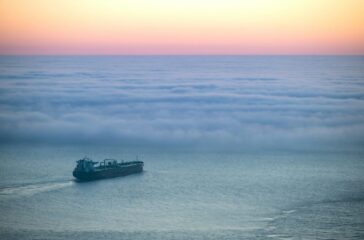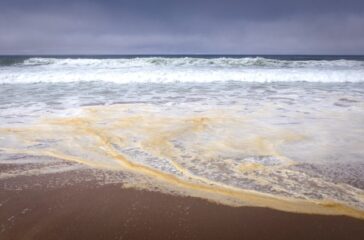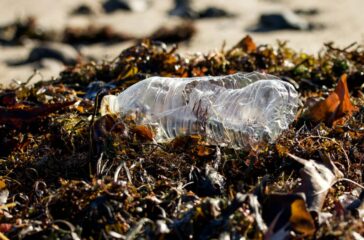Boosting LNG exports would harm people and the planet, DOE report concludes
By Shannon Kelleher
The US Department of Energy (DOE) this week released a report that concludes a rise in exports from the booming natural gas industry would lead to greater global fossil fuel emissions, expose already-vulnerable communities to more pollution and raise gas prices for consumers.
The publication “reinforces that a business as-usual approach is neither sustainable nor advisable,” said US Secretary of Energy Jennifer Granholm in a statement.
“Unfettered” liquified natural gas (LNG) exports would increase the price of wholesale natural gas in the US by over 30%, said Granholm, impacting households, farmers and industry. The study also concluded that current US LNG exports are “already more than enough to meet global demand,” she said, and that while LNG has been suggested as an alternative to coal for some countries, the study “shows a world in which additional US LNG exports displace more renewables than coal globally.”
The report, published Dec. 17, comes after the Biden administration last January announced a pause on pending applications for facilities that export liquified natural gas (LNG) while the DOE reviewed the approval process, citing climate change considerations. In September, more than 125 scientists signed a letter addressed to Granholm and Treasury Secretary Janet Yellen, warning that the increase in natural gas production threatens to worsen climate change and jeopardize public health and the environment.
“Our hope is that we can now assess the future of natural gas exports based on the facts and ensure authorizations are reviewed in a manner that truly advances the public interest of all the American people,” said Granholm. “Special scrutiny needs to be applied toward very large LNG projects,” she added, noting that a project that exports 4 billion cubic feet of LNG per day would singlehandedly emit more climate-warming greenhouse gases than almost three-quarters of the world’s countries each did in 2023.
 EWG
EWG








